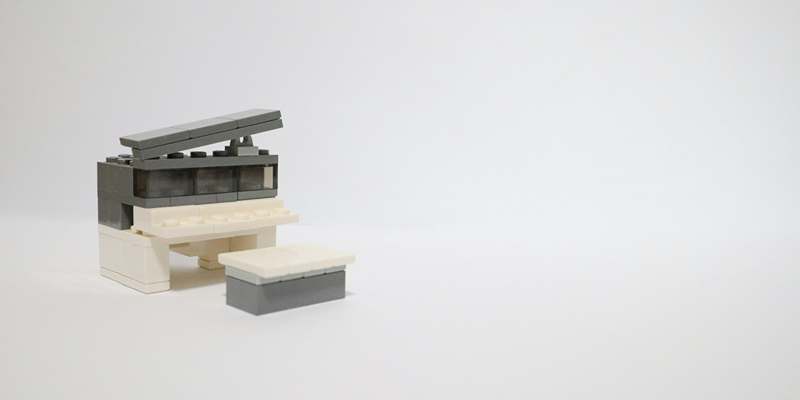When sneezing, congestion, and a runny nose disrupt your day, allergies may make life miserable. Popular for its fast comfort, nasal sprays are straight to your nasal passages. They aim to address allergies, including pollen, dust, and pet dander-induced symptoms. Finding the correct one can be taxing with so many varieties of antihistamines, corticosteroids, and saline sprays.
Every kind has special advantages and matches various tastes and ailments. However, quick and efficient nasal sprays have certain possible negative effects. Safe and efficient allergy control depends on an awareness of their workings, accessible choices, and proper use techniques. This article will break apart the uses, types, side effects, and best practices of nasal sprays to help you feel more responsible for your allergies and breathe easier.

How do Nasal Sprays Work for Allergies?
Nasal sprays are a good allergy treatment when one works directly at the nasal passages where symptoms develop. They offer medications to help with common allergy symptoms. Allergens like pollen, dust, or pet dander irritate and hurt the fragile nasal tube lining. Nasal sprays help to clear the airways, therefore reducing this inflammation. The quick effect of nasal sprays is one of their key benefits since they provide immediate comfort.
Since the medication is taken straight into the nasal passages, reducing the chance of adverse effects, it functions locally and does not affect other body parts. Nasal sprays are a typical option for those looking for fast and targeted relief from nasal allergy symptoms because of their localized treatment. Regular usage of nasal sprays in line with directions is advised if one wishes the finest results. It guarantees effective pharmaceutical action and minimizes any possible negative effects.
Types of Nasal Sprays for Allergies
Different nasal sprays exist, each intended for particular allergy problems.
- Antihistamine Nasal Sprays: Spray antihistamines to stop histamines, which trigger allergic reactions. They ease runny noses, itching, and sneezing. These sprays act quickly but should be used consistently during allergy seasons.
- Corticosteroid Nasal Sprays: Sprays containing corticosteroids help reduce inflammation in nasal passages. They have effectively addressed edema, congestion, and other problems. These sprays are ideal for long-term allergy treatment, even if they require some days to show results.
- Decongestant Nasal Sprays: Decongestants shrink swollen blood vessels to provide fast relief from a stuffy nose. However, they shouldn't be taken for more than three days to avoid rebound congestion.
- Saline Nasal Sprays: Non-medicated treatments include rinsing allergens and mucus from the nasal passages and saline sprays. Regular usage is safe and suitable for young children and expecting mothers.
- Combination Nasal Sprays: These sprays combine corticosteroids with antihistamines for overall relief. They are pragmatic for someone with multiple symptoms.

Benefits of Nasal Sprays
Nasal sprays offer numerous key benefits for treating allergic symptoms. Their main advantage is their ability to provide fast relief. Since they apply medication directly to the nasal passageways, they can nearly immediately reduce symptoms, including congestion, sneezing, and itching. When allergic reactions develop, this makes them ideal for rapid relief. Nasal sprays help alleviate local symptoms, therefore reducing the possibility of systemic side effects.
Since they target the nasal passages, unlike oral drugs, which affect the entire body, nasal sprays are more helpful for specific conditions such as nasal congestion and discomfort. Furthermore, nasal sprays are very handy and user-friendly. Most are offered over the counter; their portable form allows customers to carry them anywhere they visit. Other types also help with symptoms: antihistamines for sneezing, corticosteroids for inflammation, and saline sprays for nose cleanliness.
Best Practices for Using Nasal Sprays
Nasal sprays should be used correctly to maximize their safety and efficiency. Here are some ideal practices to apply:
- Read The Instructions Carefully: Always go over the directions given with the spray or as your doctor advises. Different nasal sprays may have different doses or application methods. Knowing these guarantees the best results and helps one avoid abuse.
- Clear Your Nose First: To eliminate mucus or obstructions, gently blow your nose before applying the spray. This stage helps the medicine avoid being caught by trash and efficiently reaches the afflicted areas.
- Spray Gently: Tilt your head forward to let the spray reach the nasal passageways. Just inside the nostrils, position the nozzle slightly aside from the septum, the main divider of your nose. This prevents possible harm to the nasal tissues and irritability.
- Clean The Nozzle After Each Use: Use the advised number of sprays and try not to force anything. Too much pressure or dosage will not increase outcomes and could cause adverse effects.
Side Effects of Nasal Sprays
Although nasal sprays are efficient, they can have certain negative effects, particularly if used incorrectly or for long periods. These side effects could include:
- Irritation: Extended nasal spray use might produce dryness, burning, or nasal passage irritation. It could cause discomfort or aggravate symptoms.
- Nosebleeds: Overusing nasal sprays, especially decongestants, can harm the sensitive tissues within the nose and lead to nosebleeds. It is a typical problem with sprays applied over several days.
- Dependency: Using decongestant nasal sprays too often might cause rebound congestion. It starts a cycle of overuse as the nasal passages get more congested when the medicine wears off.
- Systemic Effects: Though rare, corticosteroid nasal sprays might produce negative effects elsewhere than the nose. If taken long-term, these could include headaches, vertigo, or even child growth issues.
Conclusion:
Nasal sprays are fast and efficient for controlling allergy symptoms, including sneezing, congestion, and itching. They meet varied needs with several kinds on hand: antihistamines, corticosteroids, and saline sprays. Good use is necessary and helps prevent possible adverse effects to maximize advantages, including dependency or discomfort. Following the best standards guarantees safe and efficient relief using proper dosing and nozzle cleaning. When used sensibly and regularly, nasal sprays can enhance the quality of life of people with allergies by enabling easier breathing and more comfort in their everyday activities.












